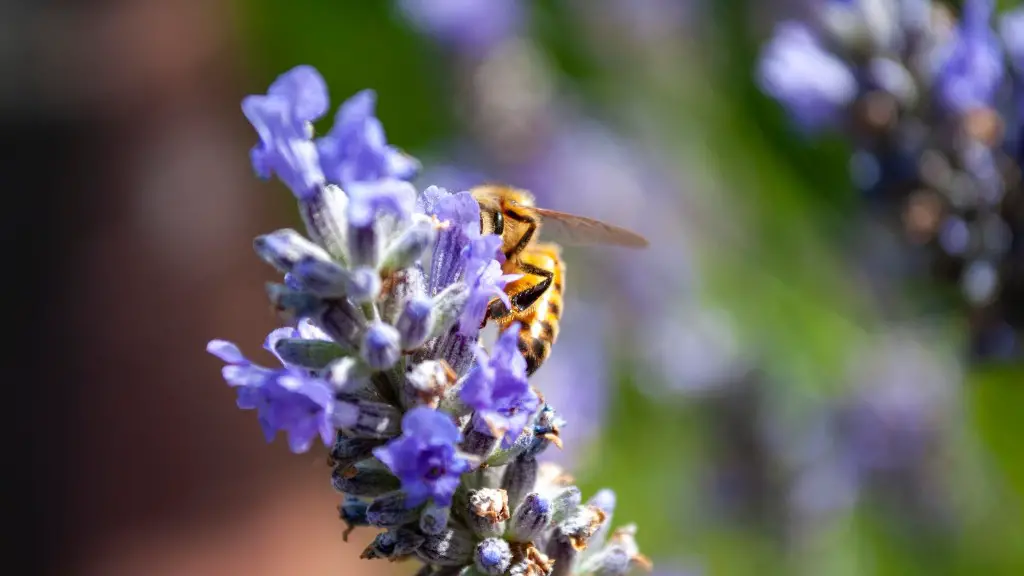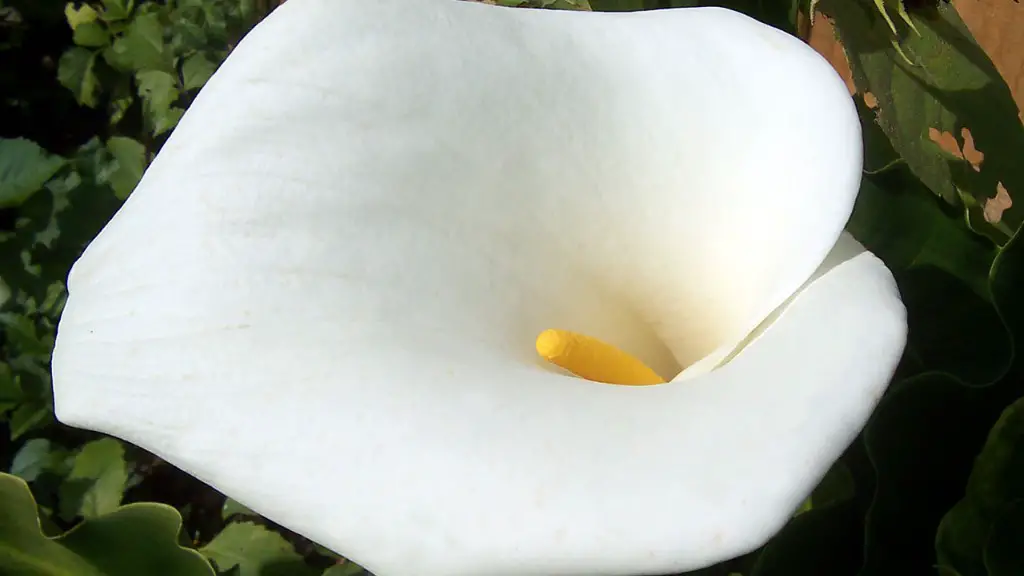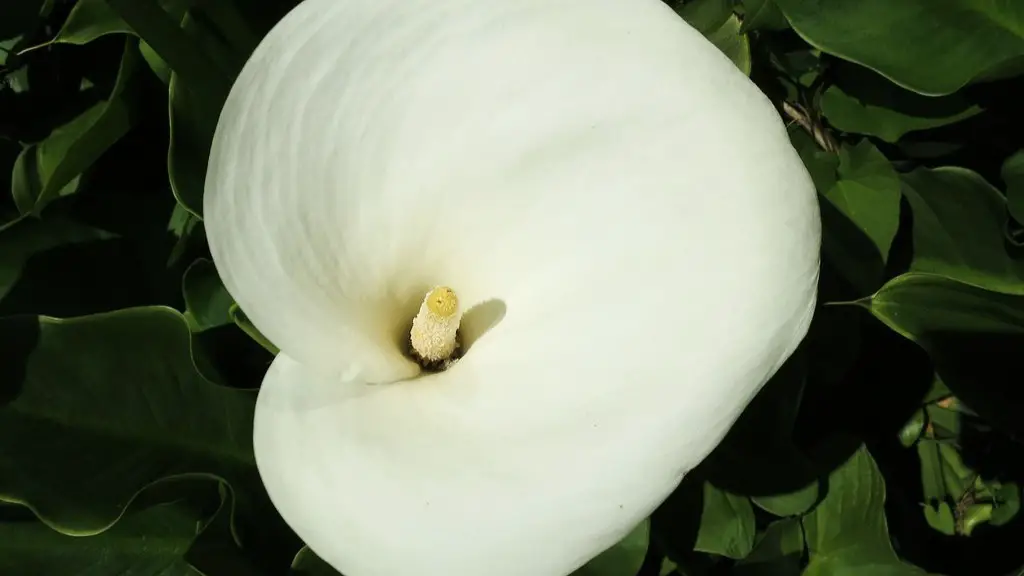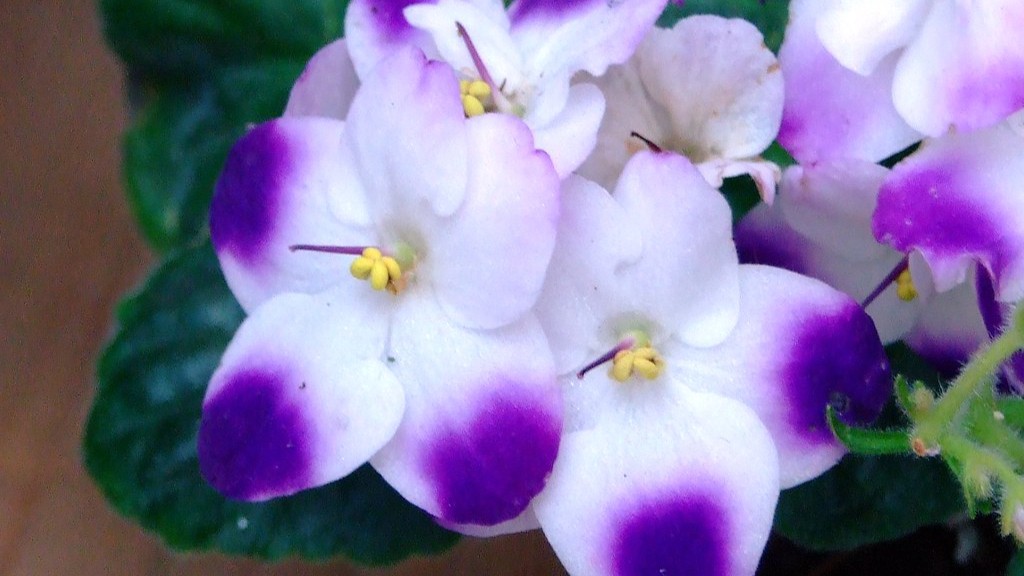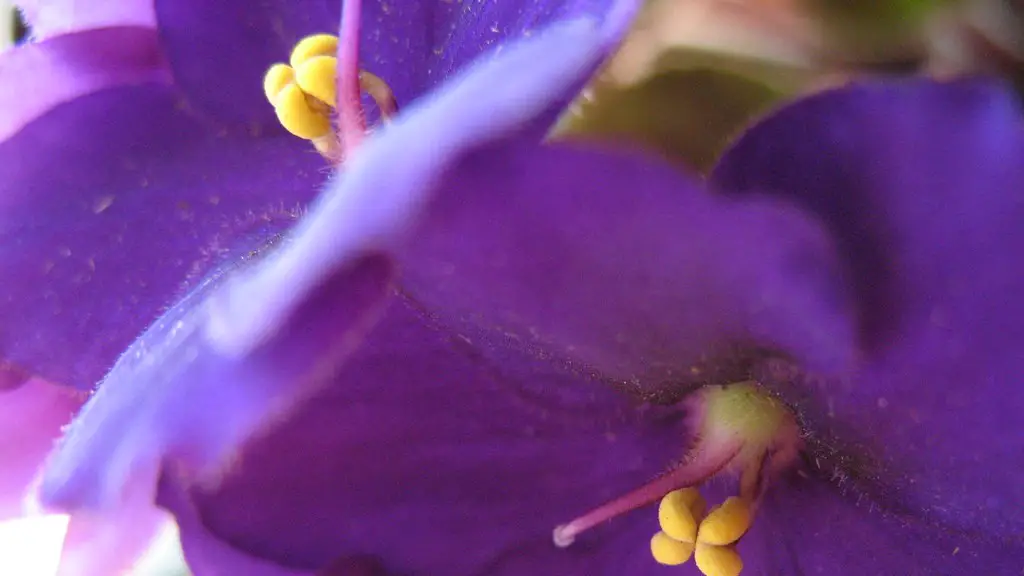African violets (Saintpaulia) are delightful, small indoor plants that are easy to grow and flower repeatedly with very little care. They are named for their glossy, deep green leaves and dainty, violet-like flowers, which come in a wide range of colors. African violets are native to the eastern part of Africa, where they grow in the forest understory.
With a little knowledge of their preferences, you can grow african violets successfully indoors as houseplants. They make excellent additions to any room in your home and are especially welcome in rooms with little or no natural sunlight.
The best way to care for African violets indoors is to grow them under artificial light. Place them near a south- or west-facing window, or use fluorescent plant lights. Keep the lights on for about 14 hours a day.
African violets need to be kept moist, but not wet. Water them from the bottom by filling a saucer with water and setting the pot in it. Allow the water to soak up through the pot until it begins to drip out of the drainage holes.
Fertilize African violets every two weeks with a half-strength solution of all-purpose fertilizer.
To keep the plants blooming, pinch off the spent flowers.
How often do you have to water African violets?
A wicking system is a great way to make sure your African violets are never over watered. Simply set up a system where water is wicked up from a reservoir into the soil of the plant. This way, the plant can take up as much water as it needs, and you don’t have to worry about watering it too often.
If you want your plants to have the best color and blooms, grow them in bright, indirect light. A plant stand three feet away from a west- or south-facing window is an ideal location. Plants will still grow when situated right beside north- or east-facing windows, but leaves will be thin and spindly, and plants less likely to bloom.
Should African violets be watered from the top or bottom
It’s really up to you whether you water your African violets from the top or bottom. However, it’s important to use lukewarm or warm water, as cold water can shock the plant. If you do water from the top, be careful not to get water on the leaves when the plant is in the sun, as this can cause leaf spots.
The best way to water an African violet plant is from the bottom up. Place your plant in a shallow tray of water for 30 minutes, allowing the soil to soak up the water through the drainage holes at the bottom of the pot. This will ensure that your plant gets the moisture it needs without getting the leaves wet, which can lead to leaf rot.
Can I water African violets with tap water?
If you are unsure about the quality of your tap water, it is best to err on the side of caution and use filtered or distilled water for your African violets. Chlorine levels can fluctuate depending on the season, and in some areas the water may have high levels of chlorine, chloramines, or dissolved solids. All of these things can adversely affect your African violets, so it is best to use filtered or distilled water if you are unsure about the quality of your tap water.
It is important to water African violets carefully so that the crown of the plant does not become saturated with water. Water on the foliage may cause permanent leaf spotting, so it is important to mist the foliage rather than watering it directly. Use water that is room temperature to avoid shocking the plant.
Do African violets need bigger pots?
The best way to keep your African violet healthy is to slightly pot-bound it. This means choosing a pot that’s on the smaller side. A standard African violet plant should be in a pot that’s 3-4 inches in diameter.
African violets are beautiful, but delicate, plants. Brushing their leaves can actually damage them and decrease the quality and size of the plant. So, it’s best to just enjoy their beauty from a distance.
How do I know if my African violet needs to be repotted
African violets typically need to be repotted every six months to a year. When you see that your plant has doubled or tripled in size, and the leaves are starting to wilt, it’s time to move it to a larger pot. Be sure to use a pot that is only slightly larger than the current one, as African violets don’t do well in large pots.
If you have an African violet that’s not blooming, don’t worry–there are a few things you can do to encourage it to bloom again. Here are eight tips:
1. Let there be light. African violets need bright, indirect light to bloom well. If yours is in a dark spot, try moving it to a brighter location.
2. Turn up the humidity. These plants love humid conditions, sotry misting them regularly or setting them on a tray of pebbles and water.
3. Replenish essential nutrients. Every two or three weeks, fertilize your African violet with a water-soluble fertilizer formulated for blooming plants.
4. Keep it pleasant. African violets prefer temperatures of 65-75 degrees Fahrenheit and soil that’s evenly moist (but not soggy).
5. Choose the right soil. A good potting mix for African violets should be loose and well-draining.
6. Protect from pests and disease. These plants are susceptible to mealybugs, aphids, and other pests, as well as fungal diseases. Inspect them regularly and take action if you see any problems.
7. Constrict
How do you encourage African violets to bloom?
If you’re having trouble getting your African violet to bloom, it may be because it’s not getting enough light. African violets need indirect sunlight – direct sunlight can burn the leaves. The best place to put them is in a north- or east-facing window. Also, make sure to keep the plants away from cold glass and rotate the pot once a week so all leaves receive light.
Watering your plant is very important to keeping it healthy and vibrant. Make sure to keep the soil moist, but not too wet, and allow the soil around the roots to dry out before watering again. This will encourage the plant to bloom. When watering from the bottom, use room temperature water so that the plant can absorb it more easily. Do not let the plant sit in the water for more than 30 minutes.
What do Overwatered African violets look like
If your African Violet plant has been over-watered, the soil will retain too much water This retention of water will cause the leaves and /or leaf stems to turn soft, limp or mushy. In order to save your plant, it is important to allow the soil to drain and dry out completely. Once the soil is dry, you can resume watering your plant as normal.
African violets need fertilizer to stay healthy throughout the year. During the spring and summer, you should fertilize your African violets once every 14 days. In the fall and winter, you shouldn’t fertilize the plant at all to prevent over-fertilizing.
Should you trim dead flowers from African violets?
If you want your African Violet to keep blooming, deadhead the spent blooms. This lets the plant put its energy into making more buds and blooms, and also results in more attractive foliage.
If you have plants that prefer more acidic soil, you may want to try watering them with coffee once a week. Many plants seem to respond well to this, including African violets, impatiens, Norfolk Island pines, Phalaenopsis orchids, and Dieffenbachia. Coffee is a great way to add some extra acidity to the soil, and your plants will love you for it!
Conclusion
1. Start with a basic potting mix, or make your own mix by adding one part perlite to three parts peat moss.
2. Water your African violet when the soil is dry to the touch. Avoid getting water on the leaves, as this can cause brown spots. Water from the bottom by filling a saucer with water and letting the plant sit in it for about 15 minutes.
3. fertilize your African violet every other week with a half-strength solution of balanced houseplant fertilizer.
4. Place your African violet in a spot that receives bright, indirect light. If it doesn’t get enough light, it will produce long, leggy stems. If it gets too much light, the leaves will develop brown spots.
5. African violets typically bloom in the spring and summer. To encourage blooming, make sure the plant gets 12 hours of darkness each night.
As with most plants, African violets need a moderate amount of sunlight and water. They also prefer well-drained, slightly acidic soil. When it comes to fertilizing, African violets should be fertilized every two weeks with a half-strength solution of an all-purpose, water-soluble fertilizer.
